
In some of the deepest parts of the ocean, at the bottom of the continental slope, a vast underwater plain can stretch for thousands of miles. While people can’t make their homes there, many other animals do. Can you spot any of these sea creatures in (A) living amidst the muddy sediment? At times, an avalanche of sand and mud rumbles down the continental slope and forms a thin layer. This underwater avalanche is called a turbidite. You can see many layers from ancient turbidities in (B).
How do people get to the deep sea? Using a submersible like Alvin!
Back to the Table of Environments
(A) Martin Miller, University of Oregon, courtesy of Earth Science World Imagebank and (B) Courtesy of NOAA.
Last modified January 6, 2004 by Lisa Gardiner.
You might also be interested in:
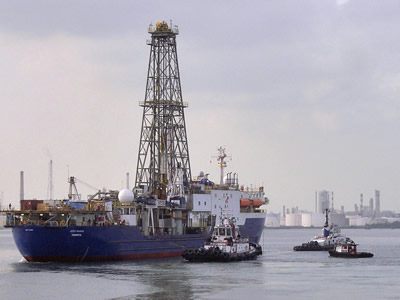
An international team of scientists is currently studying the equatorial Pacific Ocean, and a second expedition will happen in May 2009. They are part of a science program called the Pacific Equatorial
...more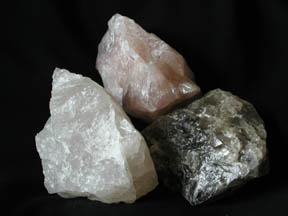
Spotting minerals is fun! There are many different types of minerals, each with a different name and a special set of characteristics. So, if you find a mineral that you do not recognize, you can use
...more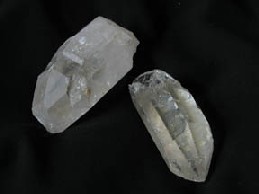
Quartz is one of the most common mineral in Earth’s crust! Silica (Si) and Oxygen (O) are the only elements within pure quartz. If a cooling magma has silica leftover after feldspars form, quartz is likely
...more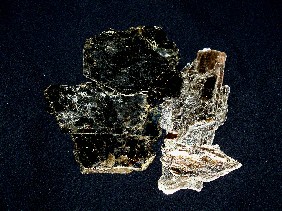
Mica minerals make some rocks sparkle! They are often found in igneous rocks such as granite and metamorphic rocks such as schist. They sparkle because light is reflected on their flat surfaces, which
...more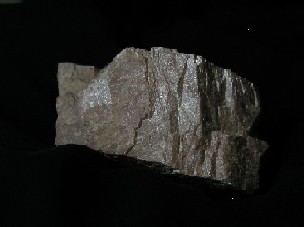
Feldspar is the most common mineral in the Earth’s crust, so you are very likely to find it in the rocks you collect! It is found it all of the three rock types, but is most common in intrusive igneous
...more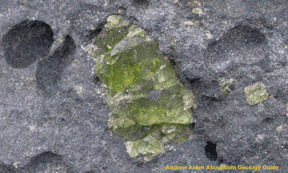
Olivine looks like little green crystals. It is typically found in some igneous and metamorphic rocks. Often the crystals are so small that you need to use your hand lens or magnifying glass to see them
...more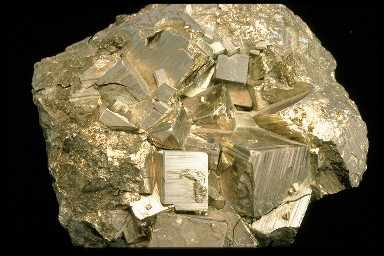
So far, over 2000 minerals have been found, and every year new ones are discovered. That's a lot of minerals! Don't worry! You don't need to know them all to be a rock hound. In fact, only a few dozen
...more















